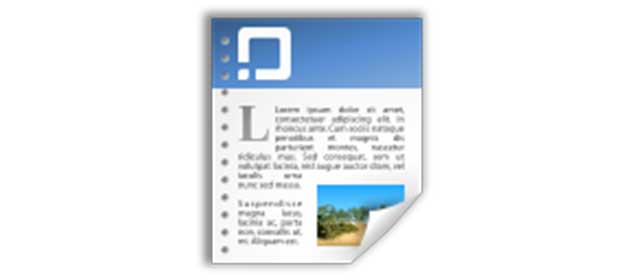9 Tips for Teaching Your Readers
Once you have your readers’ attention, you need to get into their heads and make sure they stick with you. You need to describe their problem, agitate the issue a bit and then teach them something new that will help them solve that problem.
List Common Problems but Choose Only One
If you aren’t already familiar with the types of problems your target audience has, visit forums and competitor sites and make a list of the top 3 or 4. Then choose only one of these problems to discuss in your copy.
Agitate the Problem with Possible Consequences
After you list the problem then you must agitate it and explain the potential consequences that can occur to those who don’t solve the problem quickly. For example, if your target audience is people whose dogs aren’t behaving, use the fear that their dog might run away or bite someone. These are real fears that dog owners have every day and that they’ll do just about anything to avoid. New dog owners with unruly pups might not even have started to worry about this possibility yet but your job is to get them there.
Bust Industry-related Myths
Common myths related to your industry can often hold back your readers from believing you or following your advice. For example, in the making money niche, many people believe that there are actually ways to make a fortune by putting in just a few hours of time on the Internet. This is your chance to show them that these myths are false and that they really do need your product to solve their problem. And, it’s a bonus, if you can use actual facts and data to back up your myth-busting.
Provide a Single Solution (with Proof)
Once you outline the major problem, showed the worst-case scenario and removed any biased or society-related misinformation from the discussion, you must provide a solid, real-world solution your readers can use to solve the issue. Again, referring to our dog training example, your solution might be to “take alpha leadership of the pack and command respect from your dog so they follow your lead and stay safe.” You’re not actually giving away anything from your product—just highlighting the philosophy that you’ll use to solve their problem.
Building Credibility
Regardless of how great your copywriting is, no one will believe you if you don’t have credibility. You can’t just tell someone, “Hey, I’m important. Use my solution for your problem!” They need to see that you are a credible source of information and that you have been there and had their problem in the past. The most effective way to build credibility is to use short stories, problems that you’ve had, or specific training you’ve received that qualifies you to help.
Short Summary Letters
This is a short section of your sales copy that delves directly into the problem your reader is having, the solution you have and the methods they must use to put it all to good use. These letters are usually between 300–500 words with length being less important than quality. The purpose is to show your readers that you were in their shoes and have come out on the other side with an effective solution.
Challenging Your Reader
However your reader ended up on your page, odds are they are at least partially aware that they have a problem that needs fixing. Your job is to convince them to step up to the plate and combat their problem right now. To do this, you need to challenge them. While avoiding the use of profanity or insults, use rhetoric that’s as persuasive as possible to convince them to step up and face their issue. A great tool here is to use social norms. For example, “Don’t let your dog walk all over you anymore. Show your family, friends and neighbors once and for all that you can be the alpha leader in your house.”
Photos Perfect for Building Credibility
Whether you’re showcasing yourself, making claims about solving problems, or simply need to show something that will support what you’ve been writing, images can be extremely effective. This is where you often see the before-and-after pics of the author on a weight loss site or screenshots showing the over-the-top profits of the resident Guru on a making money site. Whenever possible, use screenshots and proof you’ve gathered to drive your point home as much as possible.
Appealing to Your Readers Emotions
Emotions are critically important in copywriting. If you can tap into emotion, it will be much easier to make a sale. This is why a benefit is a better selling point than a feature. If you outline the features of your product, you’re making a logical argument— “This product is good because …” But, when you outline the benefits, you’re saying “This solution will give you relief and make you happy because …” The vast majority of people don’t buy based on logic, they buy based on emotion.





